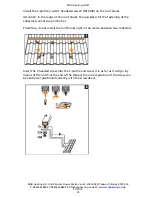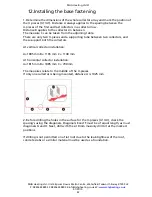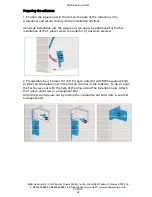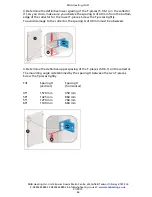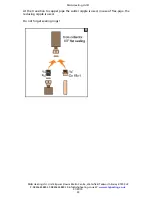
MHG Heating Ltd ©
MHG Heating Ltd. Unit 4 Epsom Downs Metro Centre, Waterfield Tadworth Surrey KT20 5LR
P: 08456 448802 F: 08456 448803 E:[email protected] W:
www.mhgheating.co.uk
01/01/10
42
the roof construction at certain points. It may be necessary to consult a structural
engineer.
In case of snow loads of zone 3 and above, and installation locations more than
600 m above sea level, we ask that you enquire with us about the static test.
When installing the collectors towards the edges of the roof, a minimum gap of
1.5 m must be observed.
If this minimum gap cannot be observed, a structural engineer must be consulted.
Anti-freeze protection
The solar energy system may only be filled with antifreeze mixture. As it is not
possible to empty the collectors completely, it is imperative that the system be
filled with the antifreeze mixture, even for function tests. We recommend using
premixed antifreeze mixtures; alternatively, the water and antifreeze must be
mixed outside the solar energy system.
Caution! As the collector can reach temperatures of over 200°C, an antifreeze
which is suitable for use in such conditions must be chosen (e.g. with a propylene
glycol base).
Bleeding
Bleeding of the solar circuit should be provided at the highest point of the
hydraulic connection.
If automatic bleed valves are used, it is imperative that additional ball valves be
installed for manual closure of the system.
These ball valves must be closed after filling the plant again. Otherwise, the
antifreeze mixture might leak during high temperatures and steam build-up in the
collector.
Electrical connections
A dedicated electrical circuit/circuit breaker should be provided for the solar
system. Earthing and lightning protection If the building already has lightning
protection, the solar system's metal pipes must be connected to the lightning
protection by means of a green/yellow conductor of at least 6 mm²Cu. Otherwise it
is possible to earth the system to an earth rod.



